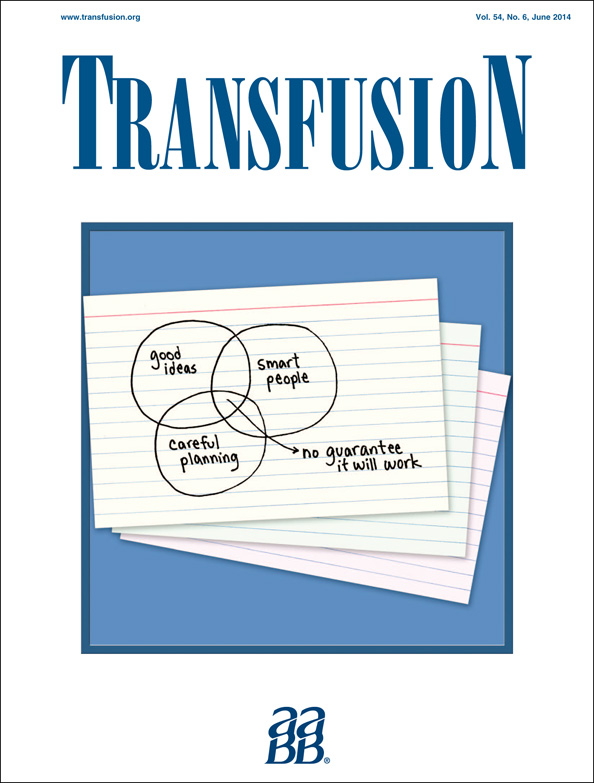Expression of a single-chain human leukocyte antigen-DRA/DRB3*01:01 molecule and differential binding of a monoclonal antibody in the presence of specifically bound human platelet antigen-1a peptide
Abstract
Background
Studies show that 1 in 1200 neonates have a low platelet (PLT) count due to alloimmunization against human PLT antigen (HPA)-1a (β3-L33). This mainly occurs in HPA-1a–negative mothers who are positive for the human leukocyte antigen (HLA)-DRB3*01:01 allele, but only about one-third of cases will mount an effective alloimmune response. The development of specific treatment modalities requires that the mechanisms driving the maternal alloimmune response against the fetal PLTs be further explored. An antibody reagent that has a different binding affinity to HLA-DRA/DRB3*01:01 with and without the β3-L33 peptide would be a valuable reagent to study peptide presentation on maternal antigen-presenting cells.
Study Design and Methods
To identify such antibodies, HLA-DRA/DRB3*01:01 was recombinantly expressed in Drosophila S2 cells. To delineate the epitope of interesting antibodies, seven mutant HLA-DRA/DRB3*01:01 molecules were generated by site-directed mutagenesis introducing naturally occurring amino acid changes encoded by DRB3*02 and DRB3*03 alleles.
Results
The murine monoclonal antibody (MoAb) DA2 showed robust binding by enzyme-linked immunosorbent assay to recombinant HLA-DRA/DRB3*01:01, but binding was reduced in the presence of β3-L33 peptide. The binding affinity of DA2 to the mutant HLA-DRA/DRB3*0101 in which serine at Position 60 of the β1-chain was replaced by tyrosine was greatly enhanced. Interestingly the binding of DA2 to the mutant was not reduced by the presence of β3-L33 peptide.
Conclusion
The results of this study generate a molecular model of the interaction of the HLA-DRA/DRB3*01:01 molecule with MoAb DA2. This will inform functional studies with the recombinant Class II molecules.




